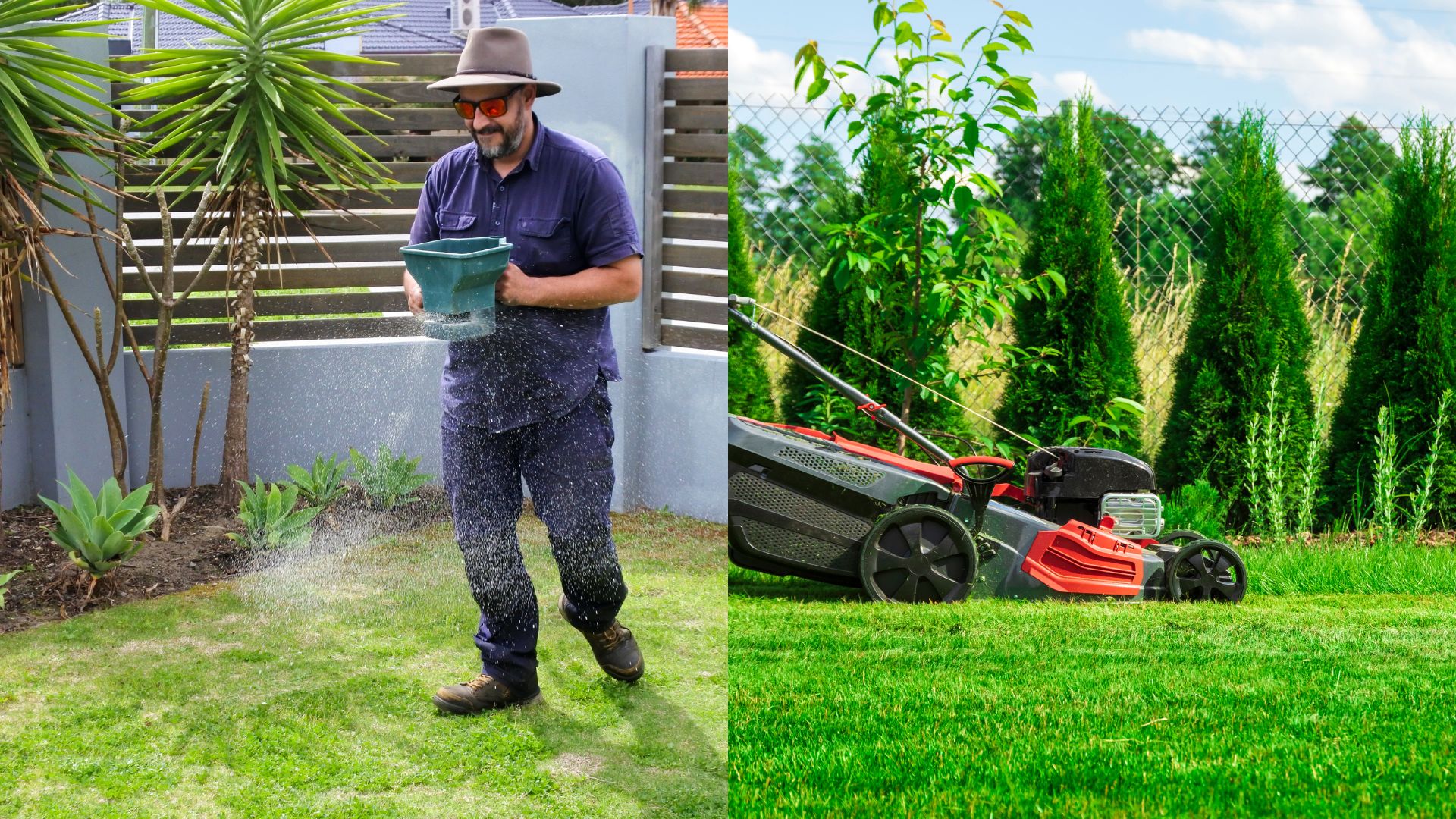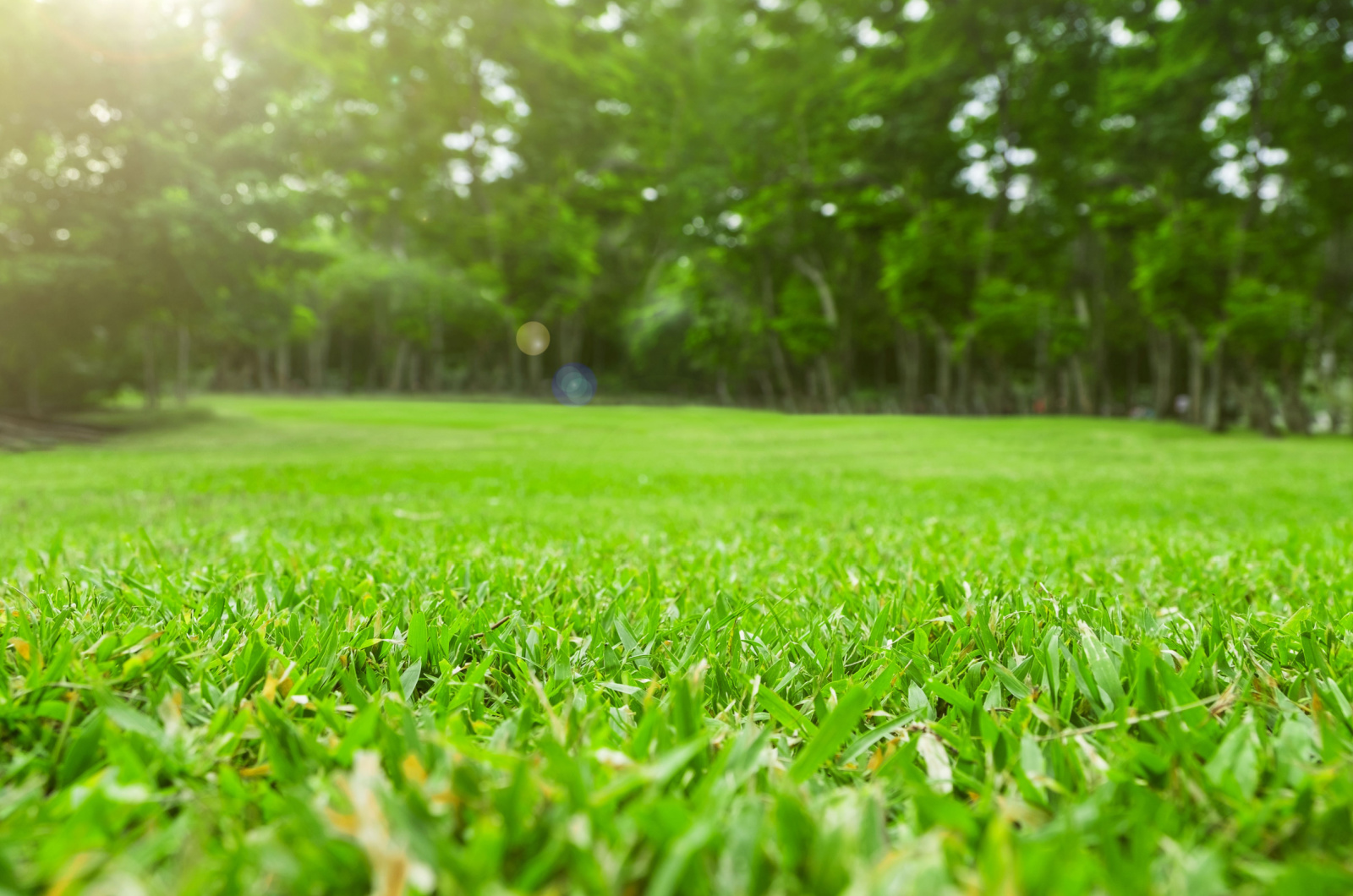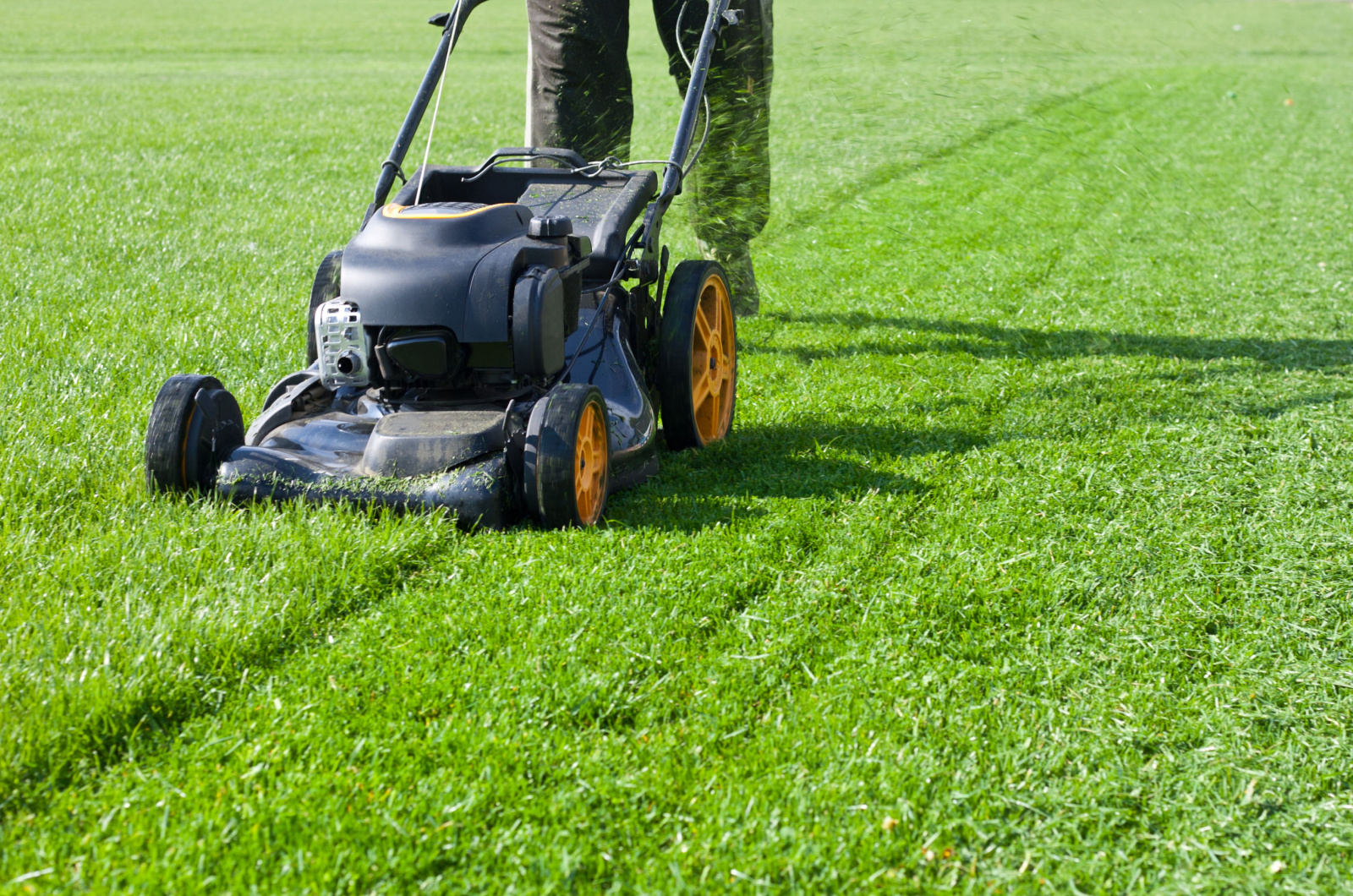As the vibrant colors of summer fade and the chilly winds of winter approach, it’s time to prepare your lawn for the cold months ahead. Winterizing your lawn involves a series of strategic steps that will protect your grass and keep it nice and strong for when spring finally arrives.
Fertilizing, mulching, and mowing are just some of the steps required to properly winterize your lawn. Yet there are a bunch more to follow, and they may vary based on the grass type you are growing.
So, stick around to learn all the different steps required to properly prepare your lawn for the winter season.
Know Your Grass
It’s important to know what type of grass you are dealing with – whether it is a cool-season grass or a warm-season grass. This is because both are treated differently, especially in the winterization process of the lawn.
Cool-season grasses usually grow in regions where temperature varies greatly throughout the year. Ryegrass, Fescue, and Kentucky bluegrass are just a few types of cool-season grasses that thrive in the upper half of the US.
Since these grow in cooler temperatures during the fall, it’s crucial to use a special fertilizer during October or November. From now on they will go dormant until early spring arrives – the plants are prepared to grow because of the nutrients delivered during fertilization.
Warm-season grasses should be treated differently during the winterization process. These usually grow in southern parts of the States. Zoysia, Centipede, and St.Augustine are just a few types of grass that you can grow in Florida, for instance.
Unlike cool-season grasses, you should not add any kind of fertilizer after September because warm-season grasses stay pretty much green for a good amount of time during winter.
Late fertilization would only harm those warm-season grasses, especially because of the upcoming freezing temperatures.
Check out: How To Make Lawn Green And Thick: Simple Methods And Handy Tips
Mowing Is The Key
I assume that you are tired from all of the mowing you did during the season, but you still have to add some final touches in order to prepare your lawn for the upcoming winter. For your final mowing, make sure to cut grass very short (about one inch).
Since the grass has stopped growing by late October, there is no need to worry about cutting it too short. Long grass blades may cause snow mold in the garden, especially if you live in a region where it snows a lot.
Snow mold is a fungi that can affect cool-season grass types and, since it thrives in cooler climates, it can completely ruin your lawn. In the spring, snow mold leaves crusty patches in gray or pink colors.
As you mow, make sure to clean the grass clippings and other debris off the lawn because these might impede the growth of grass. We all know that grass clippings can serve as a source of nutrients, but they are not really needed during winter.
When you make the final grass cut too short, it may result in longer grass clippings that would just clump all winter underneath the snow.



